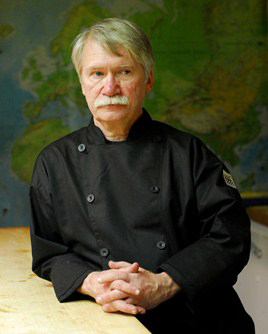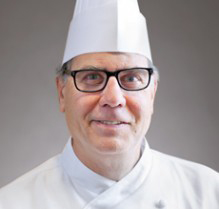Think Tank: Creating Value in Culinary Education, Part 1
Monday, 09 December 2013 13:14
 Graduates need to crawl before they walk and walk before they run. What are the skill sets that chefs and restaurateurs expect your students to have when they start their employment? Can your students meet those expectations?
Graduates need to crawl before they walk and walk before they run. What are the skill sets that chefs and restaurateurs expect your students to have when they start their employment? Can your students meet those expectations?
By Paul Sorgule, MS, AAC
Designing a culinary program is no different than developing any other sound business with potential for growth. The key is to focus on two primary areas as a start:
- Identifying the need
- Envisioning the opportunities
I would encourage all those responsible for the health and viability of a culinary program to assess their curriculum with these two areas in mind. First, does your program adequately address the current needs of the industry that it serves? Have you engaged this industry in the process of ensuring that the content and measureable results meet the skill sets that are critical for entry-level culinarians? Are your graduates “kitchen ready”?
Although all culinary programs are mindful of preparing graduates for a career that brings them to positions of greater responsibility, graduates must first demonstrate their ability to function as part of a kitchen team. Graduates need to crawl before they walk and walk before they run. What are those skill sets that chefs and restaurateurs expect your students to have when they start their employment? Do you engage industry leaders in identifying those skill sets and is your curriculum designed to adequately address them?

 Greener Fields Together™, which documents farms’ sustainability gains, lauds four well-known produce suppliers that were recently recognized for significant improvements in waste reduction, CO2 emissions, water and energy use, and more.
Greener Fields Together™, which documents farms’ sustainability gains, lauds four well-known produce suppliers that were recently recognized for significant improvements in waste reduction, CO2 emissions, water and energy use, and more. A veteran educator takes a road trip in search of the perfect bite.
A veteran educator takes a road trip in search of the perfect bite.